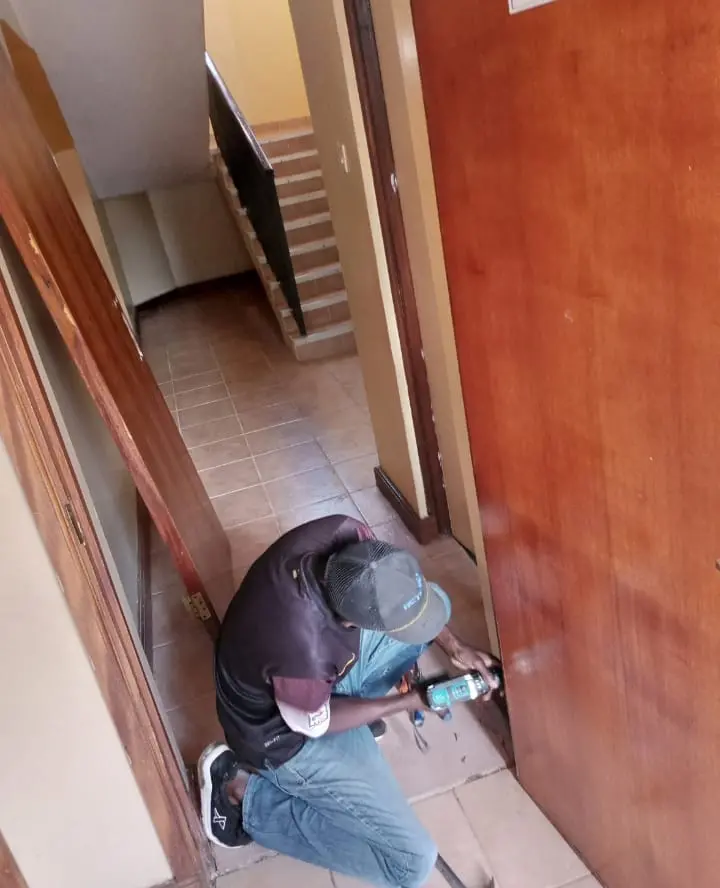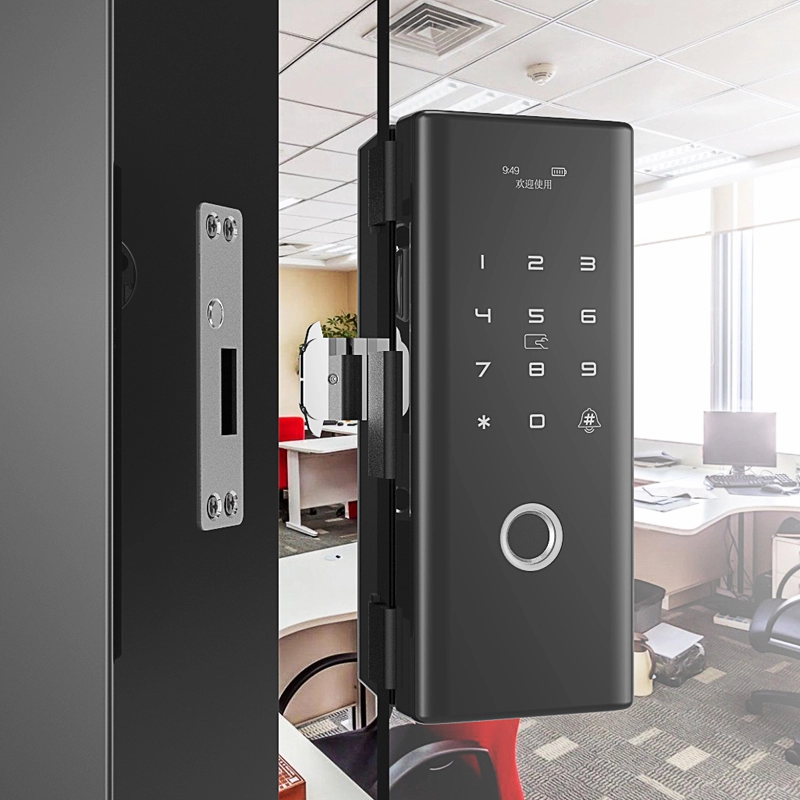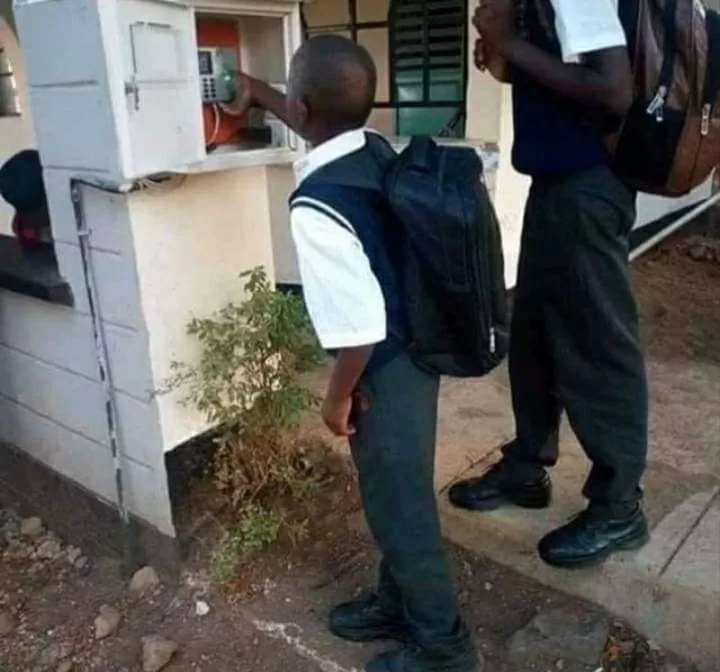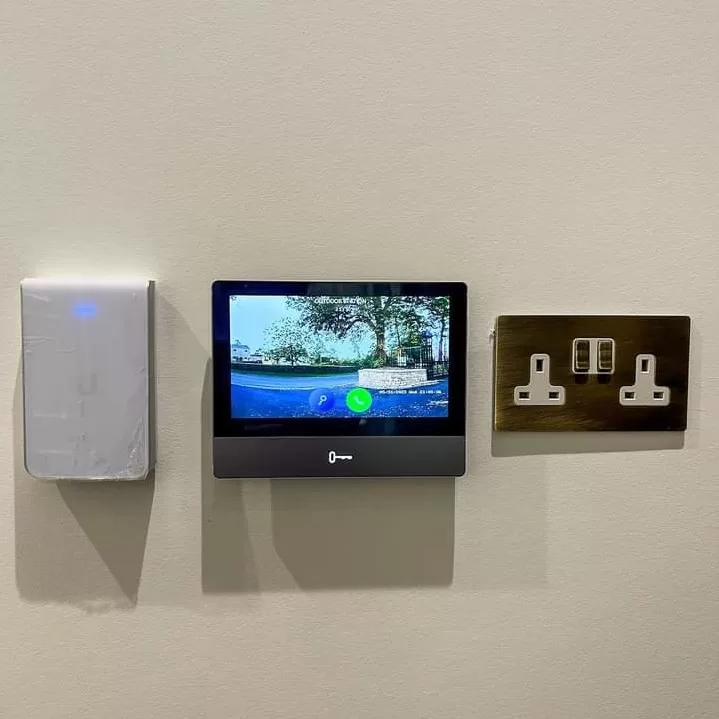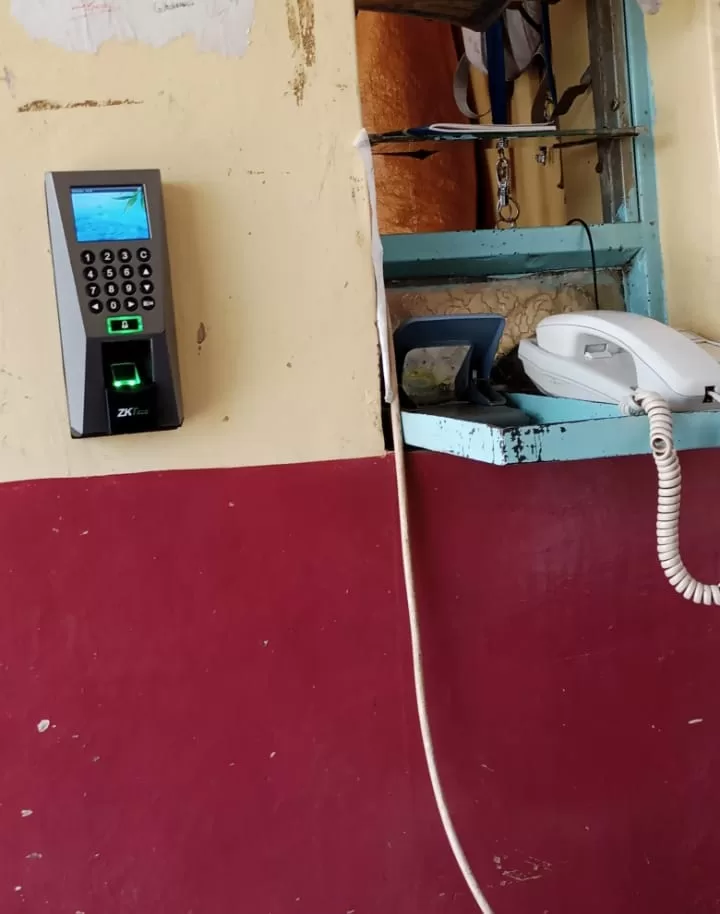Why do automatic door closers close the door slowly during cold seasons in Kenya
Automatic door closers close the door slowly. Door closers play a crucial role in controlling the movement of doors, ensuring smooth and controlled closing actions. However, during cold seasons, users may notice a decrease in the speed of door closers, leading to inconvenience and potential safety concerns. Understanding the reasons behind this slowdown and implementing effective solutions is essential for maintaining optimal door functionality year-round.
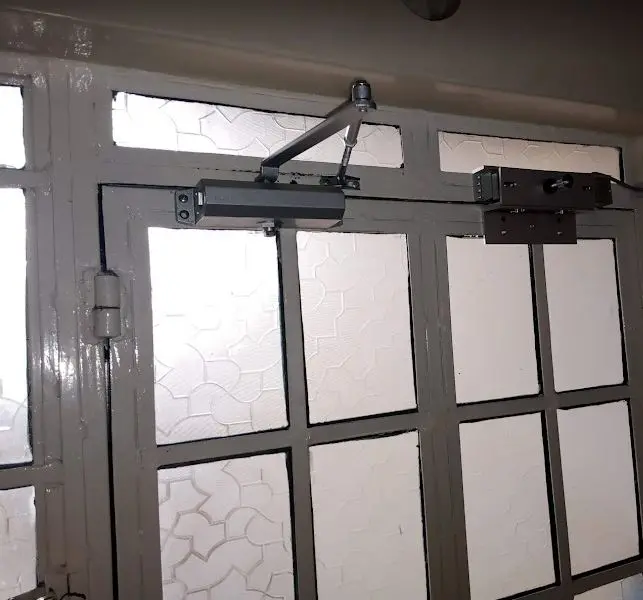
Reasons for Door Closer Slowdown in Cold Seasons:
- Viscosity Changes in Hydraulic Fluid: Hydraulic door closers utilize fluid to regulate door closing speed. In colder temperatures, the viscosity of this fluid increases, causing it to thicken. The higher viscosity impedes the movement of the hydraulic piston, resulting in slower door closing speeds.
- Metal Contraction: Cold temperatures can cause metal components within the door closer to contract. This contraction affects the overall operation of the closer, contributing to slower door closing.
Solution: To address the issue of door closer slowdown during cold seasons, several solutions can be implemented:
- Choose the Right Door Closer: Opt for door closers specifically designed to withstand cold temperatures. Some manufacturers offer closers equipped with features to mitigate the effects of cold weather, such as specialized seals and lubricants.
- Adjustment and Maintenance: Regular maintenance is crucial for optimal door closer performance. Adjustments to the closer’s settings, such as increasing the spring tension or adjusting hydraulic controls, can compensate for the slowdown caused by cold temperatures. Lubricating moving parts with cold-resistant lubricants can also help maintain smoother operation.
- Insulation and Enclosures: Installing insulation around the door closer and its components can help mitigate the effects of cold temperatures. Additionally, enclosing the door closer in a protective housing can shield it from direct exposure to harsh weather conditions, preserving its functionality.
- Heating Solutions: Implementing localized heating solutions near the door closer can prevent the hydraulic fluid from thickening excessively. This can include installing heated enclosures or utilizing heat pads or tapes specifically designed for cold weather applications.
Conclusion: Door closer slowdown during cold seasons is a common issue that can be effectively addressed with proper understanding and implementation of solutions. By selecting appropriate door closers, conducting regular maintenance, and implementing insulation or heating solutions, facilities can ensure smooth and reliable door operation year-round, enhancing convenience and safety for users.



